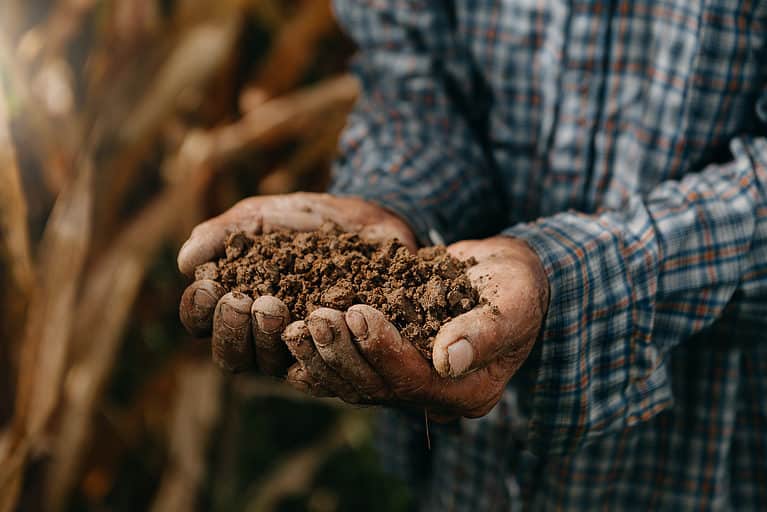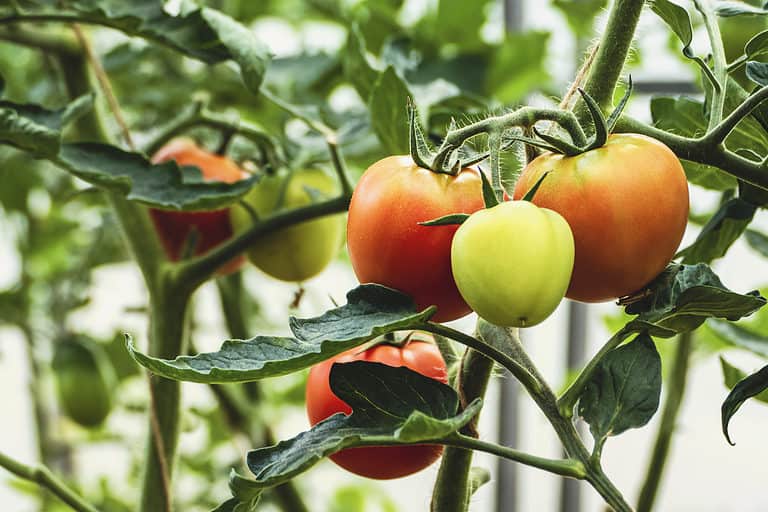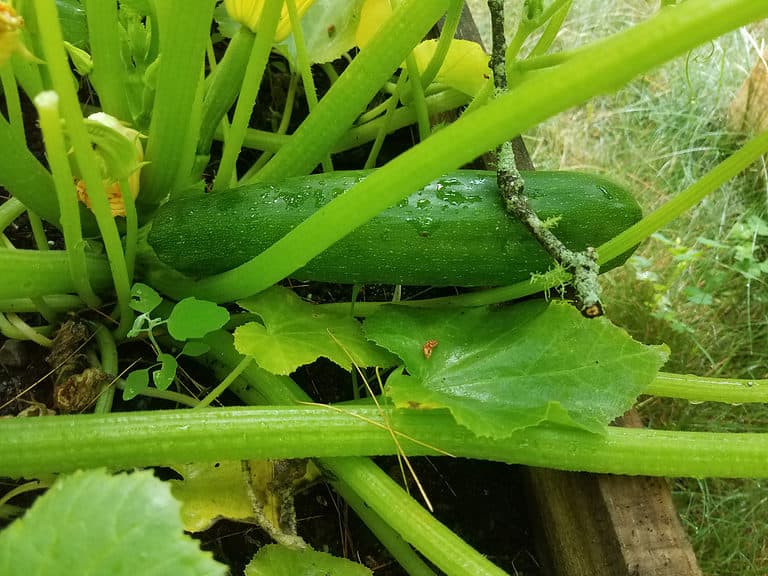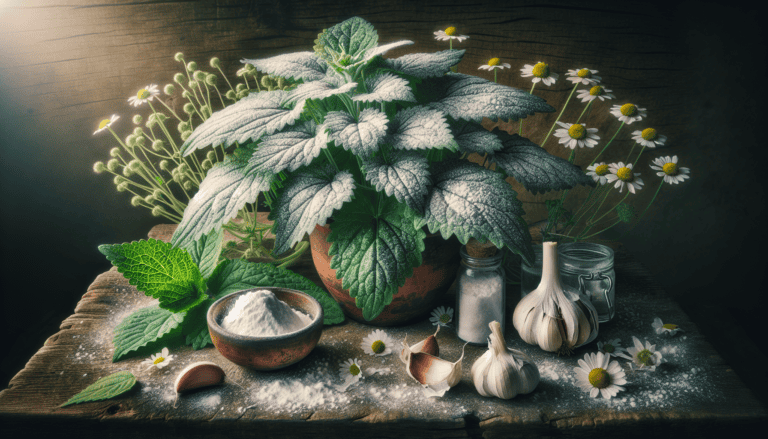Mastering How to Grow Tomatoes: Essential Tips for a Bountiful Harvest
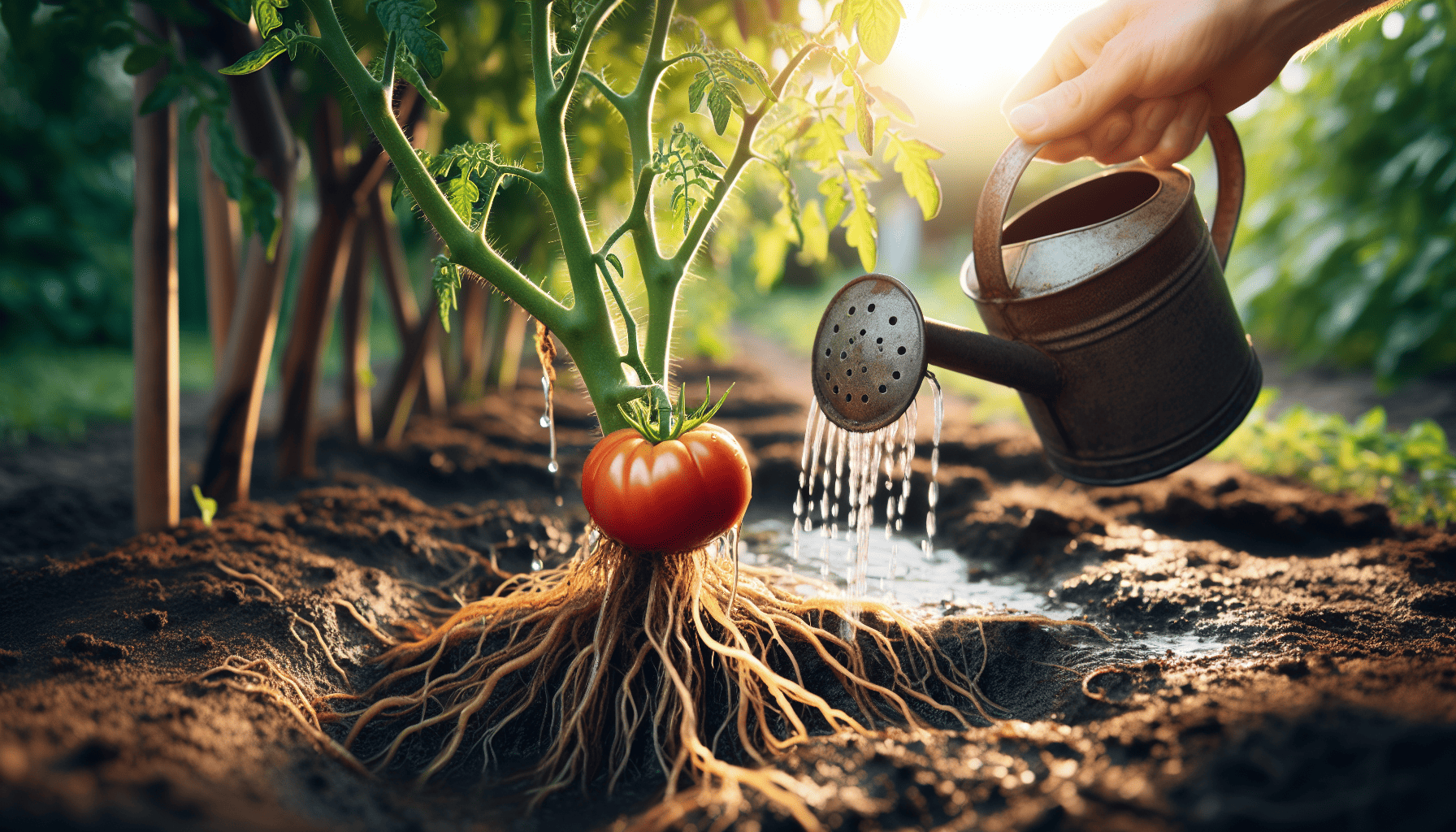
Ready to turn sun, earth and seeds into a successful tomato garden? This guide will walk you through the process of selecting varieties, preparing soil, planting and caring for tomatoes. Arm yourself with knowledge for a satisfying harvest in the future.
Key Takeaways
Choosing the right tomato variety—indeterminate, determinate, heirloom, or hybrid—is critical for gardening success and depends on personal preferences, space, and taste.
Preparing the soil with the correct pH, ample organic matter, and proper drainage is just as crucial as selecting the right tomato variety for a flourishing tomato garden.
Effective tomato planting and care include correct timing, depth, and spacing during planting and consistent watering, fertilizing, and pruning as part of maintenance.
Choosing the Right Variety for Your Garden
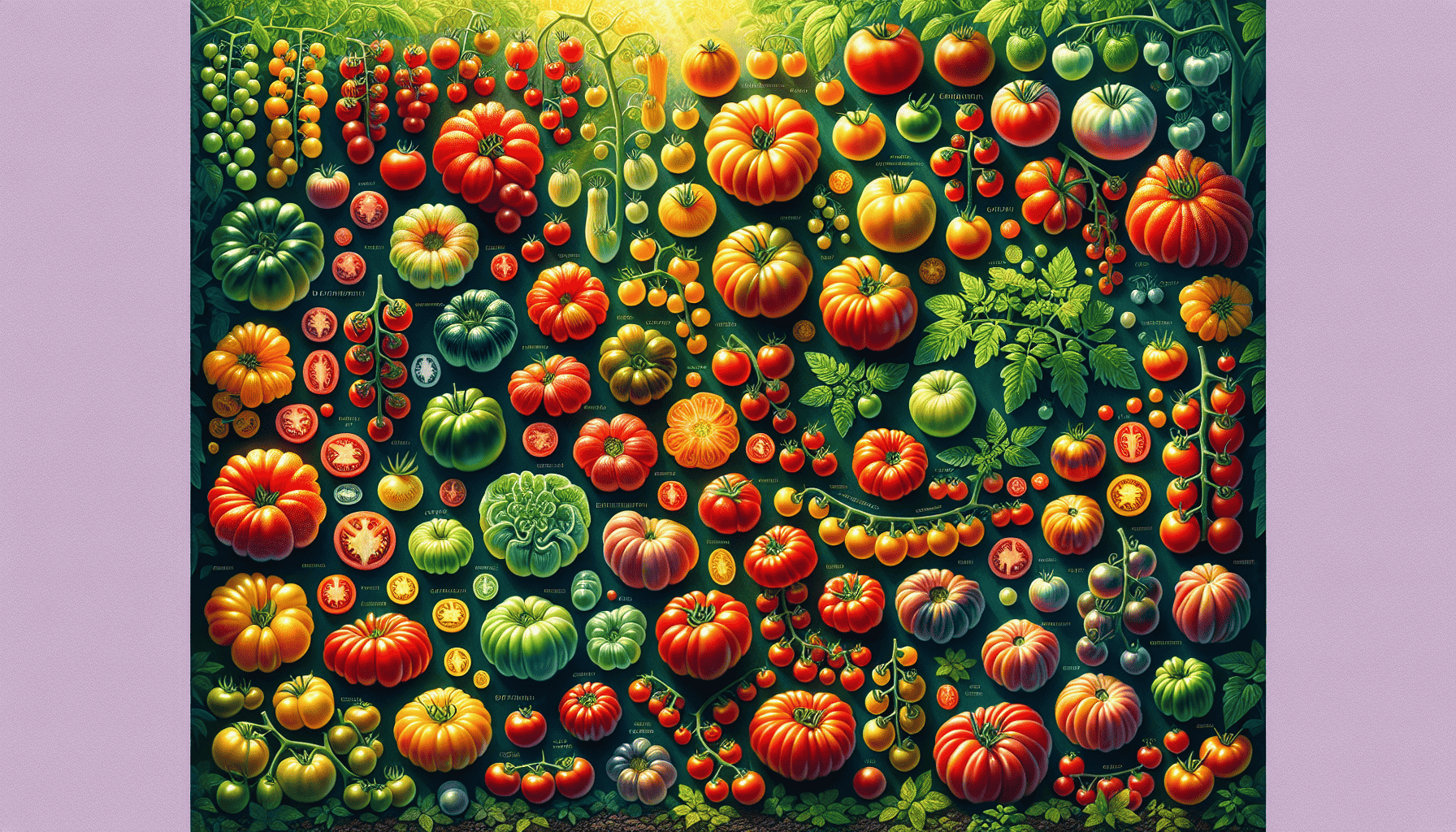
The type of tomato you choose is crucial for the success of your home garden. There are various options, such as indeterminate, determinate, heirloom and hybrid tomatoes. Each one has its own distinct traits and taste profiles. It’s important to understand these differences in order to select the perfect fit for your garden size and personal tastes.
Indeterminate Tomatoes
Indeterminate tomatoes, which are known for their climbing growth pattern, can bring joy to any gardener. They have the unique ability to continuously produce fruit throughout the fall and winter seasons, making them a popular choice among gardeners. Varieties such as Beefsteak, Big Boy, and Brandywine thrive in areas with ample sunlight and can provide an abundant supply of ripe and juicy tomatoes until they succumb to frost or diseases later on in the season. Proper care must be given due to these fruits taking longer than usual time period before ripening completely.
Determinate Tomatoes
Determinate tomatoes are a distinct variety that grow to a specific height, typically between 2 and 4 feet. They produce all of their fruit at once, making them ideal for gardeners who prefer harvesting their entire crop in one go.
Whether you choose the well-known Marglobe or Campbell’s 33 varieties, or opt for Patio Princess specifically designed for container gardening, determinate tomatoes can greatly contribute to a successful tomato harvest in your garden.
Heirloom Tomatoes
Heirloom tomatoes are considered the prized possessions of the tomato family. Renowned for their assortment of shapes, hues and shades, they have been passed down from one generation to another and highly treasured for their delectable taste. Among the popular types are Pink Brandywine, Green Zebra, Cherokee Purple, Black Krimand Yellow Pear.
The distinctive flavors found in heirloom tomatoes make them a delicacy sought after by food enthusiasts.
Their exceptional taste along with thinner skin also has an impact on how you should store them if you want to extend their shelf life.
Hybrid Tomatoes
Hybrid tomatoes are the product of deliberate breeding between two different types of tomatoes, designed to enhance desirable traits such as resistance to diseases or consistent size. Cherry and Grape varieties have a reputation for their disease-resistant properties while Bobcat and Chelsey are known for their uniformity in size.
These particular green tomato varieties offer an additional benefit, they contain high levels of nutrients and antioxidants which make them a nutritious addition to any garden when deciding what type of tomato plant should be grown.
Preparing the Perfect Soil
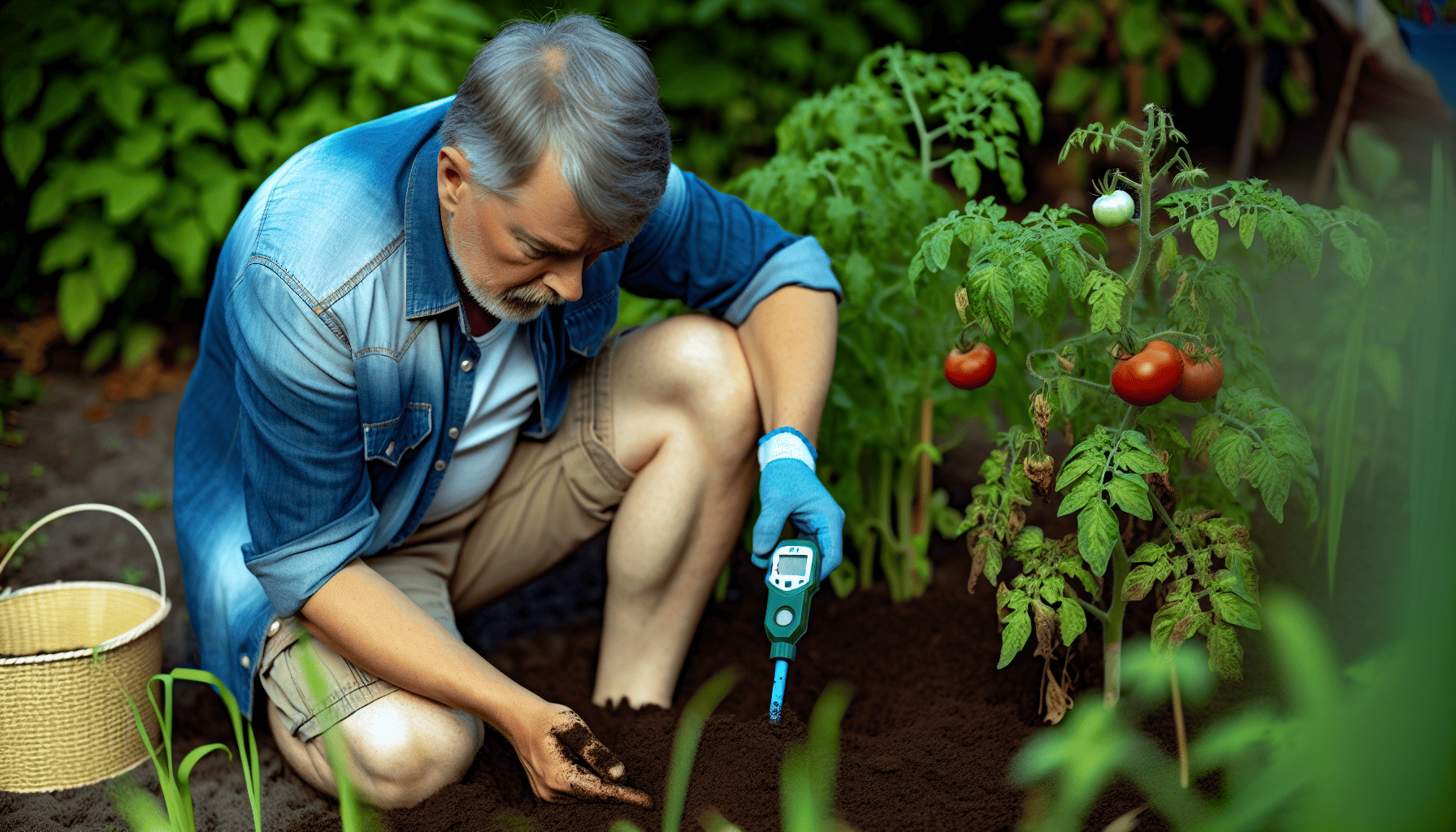
Before planting your tomato seeds, it is essential to properly prepare the soil. This step carries equal importance as choosing the right variety of tomatoes. The process involves conducting a pH test on the soil, incorporating organic matter and ensuring adequate drainage – all crucial factors in creating an optimal environment for your plants’ growth and success.
Testing Soil pH
In order to achieve optimal growth for your tomato plants, it is important to conduct a soil pH test. Tomatoes thrive in slightly acidic soil with a pH level between 6.0 and 7.0. If the acidity of your soil is too high, you can balance it out by adding lime, which also helps enhance its fertility.
Pay attention to signs that may indicate if your soil is either too acidic or alkaline, such as leaves that are dark green but have reddish or bronze tones, or leaves that are curled and yellow with purple stems.
Adding Organic Matter
One way to improve the structure and nutrient content of your soil for tomato plants is by using organic matter such as homemade, liquid, or commercially-made tomato fertilizers. Incorporating compost into your soil not only enriches it, but also provides a slow-release source of nutrients that are beneficial for growing tomatoes. It is important to ensure that the compost mix used is well-aerated and free from any harmful microorganisms.
When planting in heavy clay soils, aim to add around 3-4 inches of either compost or potting soil to enhance drainage and overall quality of the soil. This can be especially helpful when dealing with compacted soils, which may hinder proper growth for tomato plants. So remember, whether you choose an organic fertilizer or opt for making one at home yourself – adding some form of nitrogen-rich material will significantly benefit your beloved tomatoes!
Ensuring Proper Drainage
Proper drainage is vital for the well-being of your tomato plants. Excess water can cause various issues, such as root rot and other diseases that thrive in moist conditions.
To enhance the garden soil’s drainage, you have several options. One approach is to incorporate compost or other organic materials into the soil. Alternatively, adding horticultural sand can also help improve drainage. Consider these solutions to maintain healthy tomato plants in your garden.
Planting Techniques for Success
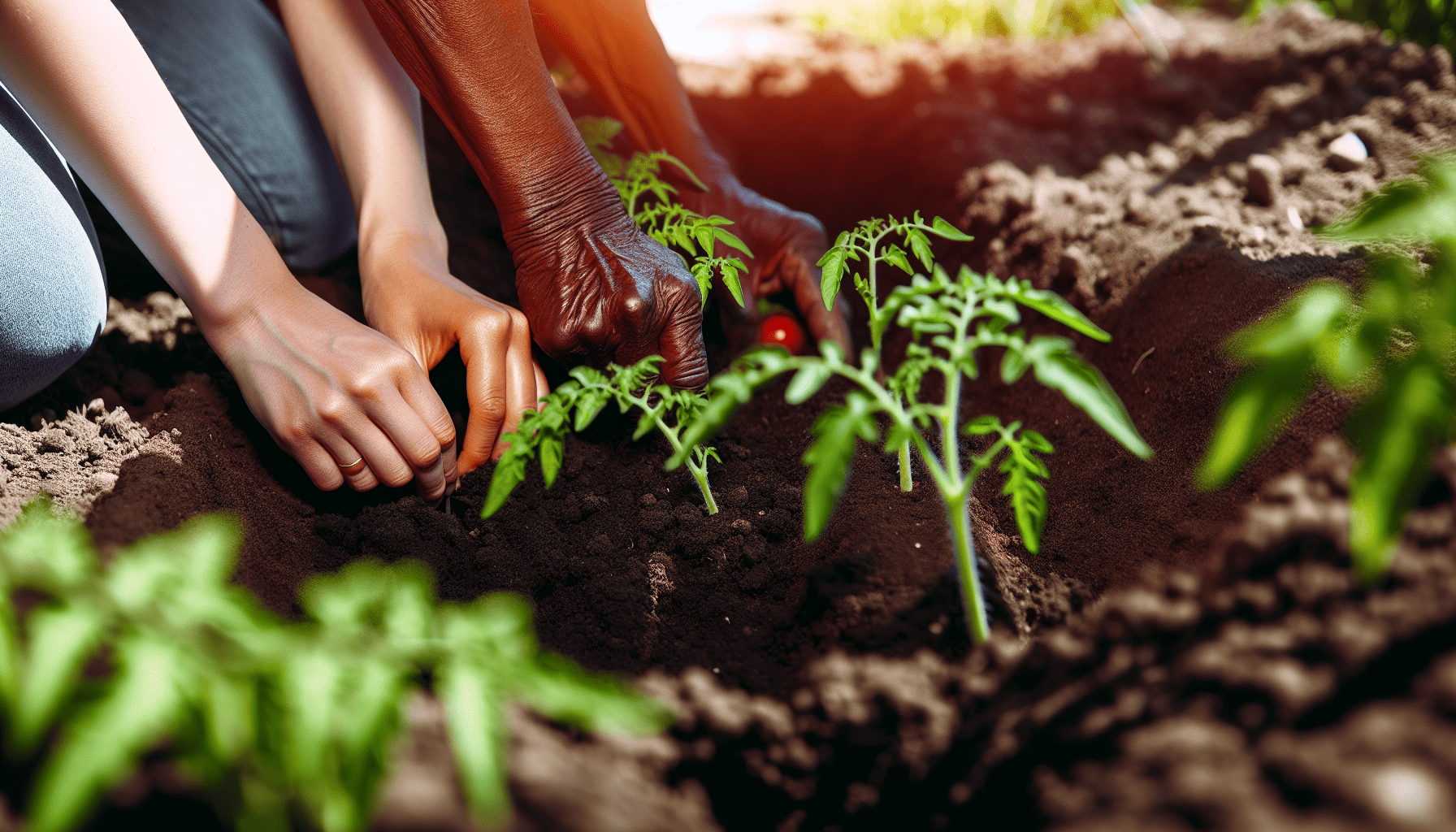
Proper planting is a crucial aspect of successfully growing tomatoes in your garden. The timing, depth, and spacing at which you plant these vegetables can greatly impact the quality of your harvest.
To ensure optimal growth for your tomato plants, it’s important to carefully consider when they are planted as well as how deep and far apart each one should be placed. These factors play a significant role in setting up your tomatoes for success.
When to Plant
The timing of tomato planting is crucial and should be done according to the following guidelines:
In spring, once the last expected frost has passed, transplant tomatoes outdoors.
The soil temperature must have reached a minimum of 60 degrees Fahrenheit prior to planting.
If the soil temperature falls below 60 degrees, it can be warmed by covering it with clear plastic before planting.
It’s important to gradually expose seedlings to outdoor conditions such as hours of direct sunlight in order to prevent shock during transplantation, this process is referred to as hardening off.
Planting Depth
The depth at which you plant your tomato plants greatly impacts their growth and maturity. For optimal results, it is recommended to plant tomatoes with a significant portion of the stem buried deep in the soil, ideally at least 2/3 of the overall length. This method encourages stronger root development as additional roots will form along the section of the stem that is underground, resulting in a more resilient and thriving tomato plant.
Spacing Requirements
A crucial element in the process of planting tomatoes is ensuring adequate spacing. This will allow for sufficient sunlight and airflow, minimizing the chances of diseases and encouraging strong growth.
For determinate tomato plants, it is recommended to keep a distance of two feet between each plant. For grafted indeterminate tomato plants, at least two feet apart is advised as well.
Caring for Your Tomato Plants

Tomato plants require a great deal of care and dedication in order to flourish. Appropriate watering, fertilization, and pruning methods are vital for the success of your plants and their ability to yield a plentiful harvest. It is crucial to approach planting tomato plants with precision and attention.
To achieve optimum results when caring for tomato plants, there are three main factors that must be considered: proper irrigation techniques, fertilizer application, and correct pruning strategies.Inadequate attention to any one of these aspects can greatly affect the overall health and productivity of plant tomatoes.With this in mind, it is important to give a presentation.
Watering Tips
Proper watering is an essential aspect of caring for tomatoes. It’s important to water them consistently, aiming for approximately one inch of moisture each week. In times of high temperatures and dry conditions, it may be necessary to provide more water in order to prevent issues such as blossom end rot or cracking.
In order to avoid fungal diseases, it is best not to wet the leaves while watering your tomato plants.
Fertilizing Guidelines
Maintaining healthy tomato plants also requires proper fertilization. Once the first fruits begin to swell, it is recommended to use a liquid fertilizer with high levels of potassium every 10-14 days. To prevent blossom-end rot, consider selecting a fertilizer that contains calcium.
Regular soil pH testing and adjusting using lime can aid in preventing diseases from spreading and promoting strong growth of your tomatoes.
Pruning Techniques
Pruning is a crucial aspect of taking care of tomato plants. By removing certain parts, one can promote better airflow, control the size of the plant and ultimately enhance fruit quality.
It’s important to note that only indeterminate types should undergo pruning for size management and improved fruit production. For such varieties, it is recommended to prune off suckers – shoots that emerge at the junction between two branches in the plant’s crotch joint.
Supporting Your Tomato Plants
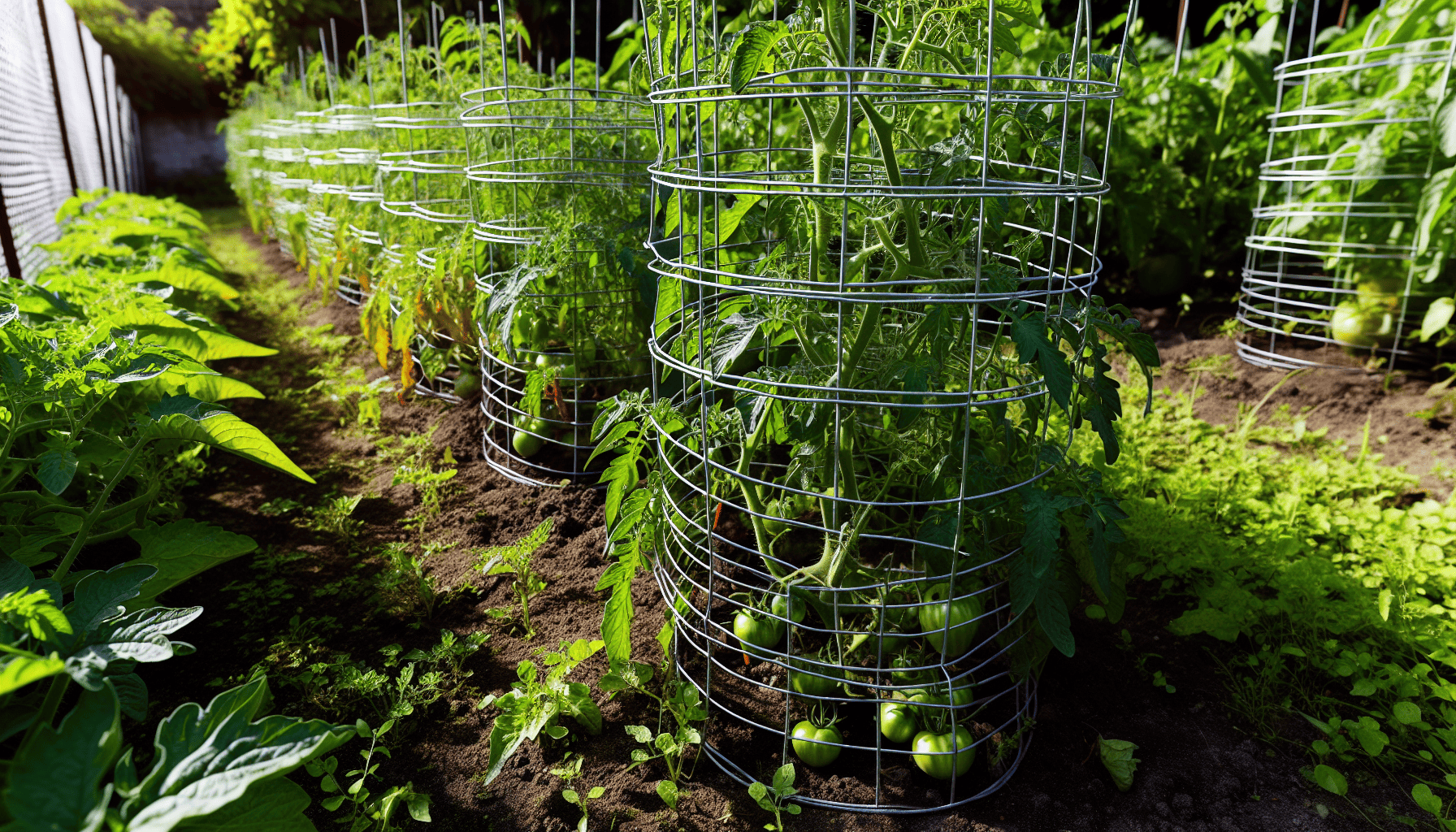
In order to maintain the proper growth and prevent any harm, it is important to support your tomato plants. There are various methods for providing this support such as using stakes, cages, or trellises depending on your type of tomato plant and garden arrangement. These supports will help keep your tomato plants upright throughout their growth process.
Stakes
Stakes are used to give straight, upright support for indeterminate tomatoes. The ideal stake height for these tomato plants is between six and seven feet tall. To set up the stakes, place them approximately 12 inches deep in the soil close to the base of the plant. Then gently tie or secure soft plant ties or twine around both stake and stem of your indeterminate tomato plant.
Cages
Cages are a reliable form of support for both determinate and indeterminate tomato plants. They come in different sizes and are typically constructed from wire material. To utilize a cage, place it over the tomato plant ensuring that it is firmly positioned to provide adequate stability.
Trellises
Trellises are great for giving tomato plants a sturdy horizontal support, typically crafted from wood or metal. These structures are perfect for gardeners looking to utilize their vertical space efficiently.
When using a trellis, carefully guide your tomato plants through it so that they can grow and intertwine with the structure. This will help keep both the plants and fruit off the ground.
Protecting Your Tomato Plants from Pests and Diseases
In order to ensure a successful tomato harvest, it is crucial to safeguard your plants from the threats of pests and diseases. In this section, we will explore prevalent pests and diseases that can affect your tomato plants, as well as methods for prevention and treatment.
Common Pests
Tomato plants are susceptible to various types of insects, such as caterpillars, whiteflies, thrips, stink bugs, leaf-footed bugs and hornworms. To prevent damage to the tomato plant from these pests, it is important to identify them early on and take appropriate measures.
One common pest for tomatoes are aphids, which can be recognized by their cornicles at the end of their abdomen. Swift action should be taken if they are identified in order to manage any potential harm that may occur.
It is essential for gardeners or farmers growing tomatoes to understand how each type of insect affects a tomato crop so proper management techniques can be used when necessary. Pests like caterpillars often chew through leaves while sucking out vital nutrients leaving visible holes in foliage indicating an infestation has occurred.The presence of small wingless creatures called Whiteflies will cluster around stems where significant damage occurs with adults feeding mainly.
Common Diseases
Similar to pests, tomato plants are also susceptible to diseases that can harm their growth. Some common ones include blight, which causes a waterlogged appearance on leaves. Leaf spot, identifiable by brown lesions on the foliage. And mosaic virus, characterized by yellowing of leaves with spots in shades of brown or tan.
It is important to be vigilant and address these diseases early on for effective management. Prompt detection and treatment play a crucial role in protecting tomato plants from these harmful ailments.
Prevention and Treatment
Taking preventative measures is more effective than treating pests and diseases. Strategies such as implementing crop rotation, ensuring sanitation practices are followed, and choosing disease-resistant plant varieties can help prevent infestations. In the event that plants do become affected, methods like removing infected parts of the plant or using a mixture of baking soda or organic solution spray can be used to manage the issue with hydrogen peroxide also being an option for treatment.
Harvesting and Storing Your Tomatoes
When it comes to enjoying the results of your hard work, properly harvesting and storing your tomatoes is essential. To help with this process, we will discuss the ideal timing for picking them and methods for storage that yield optimal results.
When to Harvest
Knowing the optimal time to pick your tomatoes is crucial for enjoying them at their peak. Tomatoes should be harvested when they are of decent size, fully ripe in color, and have smooth and glossy skin with a slightly firm texture. The specific timing may vary depending on the type of tomato. As a general guideline, it is best to gather them when more than 90% of the fruit has developed its designated color (such as red or yellow).
How to Harvest
Picking ripe tomatoes is a precise task. When they are ready, it’s best to pluck them one by one while keeping their stems intact and once fully colored. You can either gently twist the tomato off its vine or opt for pruning shears to ensure a neat cut.
Storing Tomatoes
Proper storage of harvested tomatoes is crucial to prolong their shelf life. Ripe tomatoes should be kept at room temperature, away from direct sunlight and without refrigeration unless fully ripe to prevent spoilage. The ideal conditions for storing tomatoes involve finding the right balance between temperature and humidity.
In case there is an excess of ripe tomatoes, another option could be preserving them by cooking and freezing them for future use.
Growing Tomatoes in Containers
Tomatoes can be successfully grown in containers, making it an ideal option for those with limited outdoor space or a preference for container gardening. When selecting the appropriate tomato variety and size of container, careful consideration is still necessary just like when growing them directly in the ground.
Container Size
Properly selecting the size of your container is crucial for the success of your tomato plants. Here are some key tips to keep in mind:
The smallest container you should use for growing a tomato plant is one that can hold 5 gallons.
For indeterminate types of tomatoes, it’s recommended to have a larger 24-inch wide container.
Whatever size you opt for, ensure there are adequate drainage holes in the bottom to avoid water accumulation and potential damage to your plants.
Summary
Cultivating tomatoes can bring great satisfaction, starting with selecting the appropriate type and readying nutrient-rich soil to tending to the plants and gathering their delicious produce. This guide has provided valuable advice for embarking on your own tomato gardening venture. Cheers to a plentiful harvest!
Frequently Asked Questions
What is the best way to grow tomatoes?
For successful tomato growth, select a sunny and well-positioned area that receives 6-8 hours of sunlight. It is important to support the plants by using stakes or trellises. Give them enough space for proper development by planting them with an adequate distance of 30-48 inches between each plant, ensuring good air circulation and light exposure.
What month do you plant tomatoes?
Plant tomatoes in May when the danger of frost has passed and the soil has warmed, ensuring the sunniest spots for optimum fruit production.
How often do you water tomatoes?
To ensure proper hydration of your mature tomato plants, water them deeply for 20-30 minutes three to four times a week. This is particularly important if they are planted in a raised bed with at least 8 inches of soil depth. If they are grown in shallower beds, it’s recommended to check their moisture levels daily as dehydration may occur more quickly.
What’s the difference between indeterminate and determinate tomatoes?
When comparing indeterminate and determinate tomatoes, the main distinction is that indeterminate ones bear fruit continuously throughout the growing season, while determinate varieties produce all their fruit at once. As a result, one can harvest these two types of tomatoes in either staggered intervals or as a concentrated crop.
Indeterminate tomato plants continuously yield fruits during their growth period, whereas determinates only give off their entire supply of fruits at once. This provides an opportunity for entrepreneurs.
How can I support my tomato plants?
To provide support for your tomato plants, there are different options such as stakes, cages, or trellises that can be used depending on the type of plant and your garden’s layout. These structures help to keep the plants upright and healthy throughout the year.

